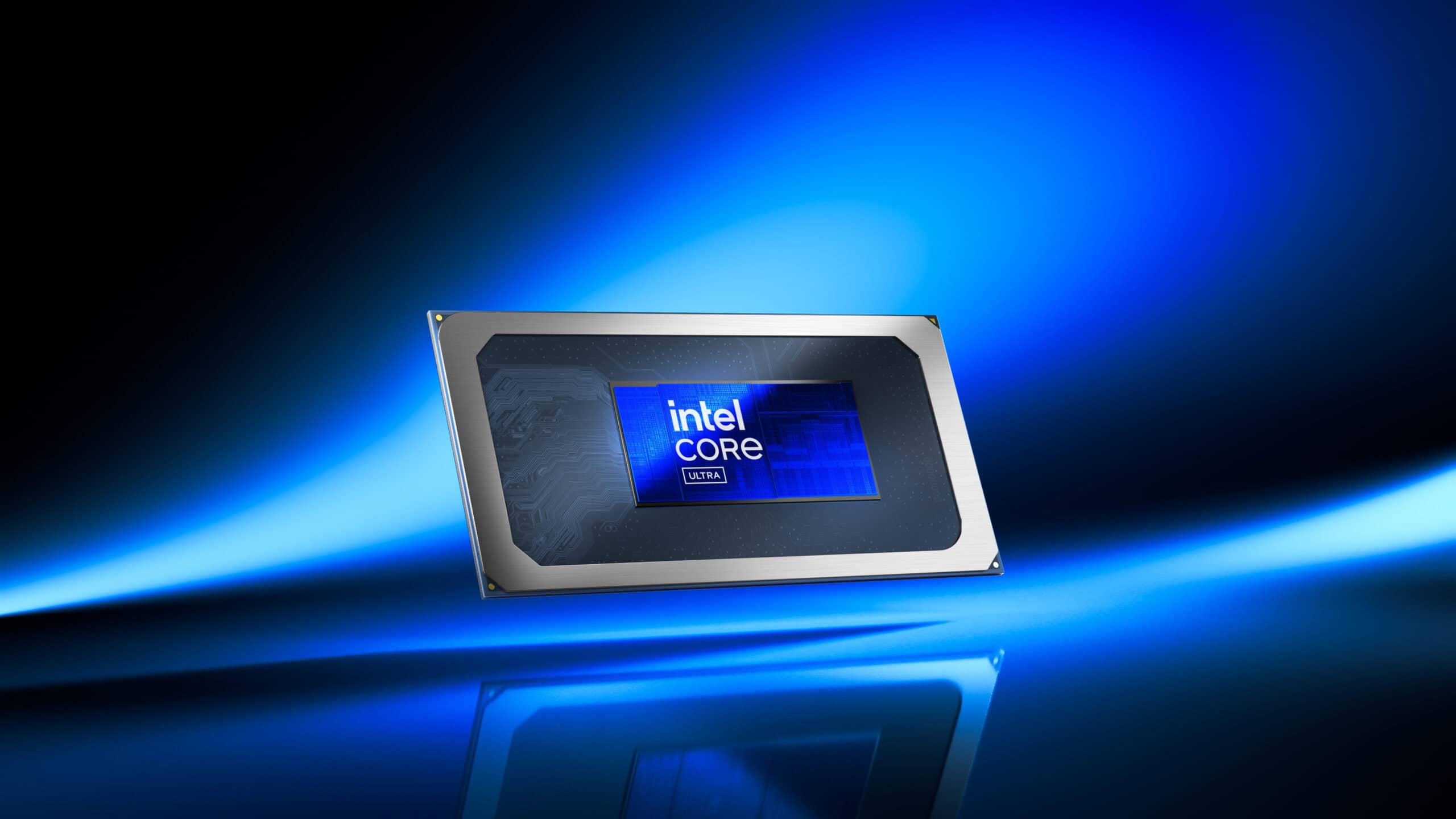Intel’s Core Ultra 200V series, codenamed Lunar Lake, marks a transformative leap in mobile computing, setting a new standard for performance, efficiency, and AI integration in ultra-portable laptops. These next-gen processors are not just incremental upgrades—they’re a complete architectural overhaul, designed to meet the evolving demands of modern users who want powerful laptops without sacrificing battery life or mobility.
Revolutionary Performance and Power Efficiency
At the heart of the Core Ultra 200V series lies a refined hybrid architecture featuring 4 Performance cores (P-cores) and 4 Efficiency cores (E-cores), complemented by low-power E-cores. This tri-tiered design enables smarter workload distribution, ensuring that high-performance tasks get the power they need while background processes run on energy-efficient cores.

Intel claims up to 31% better gaming performance and significant boosts in power efficiency over its previous Alder Lake and Meteor Lake generations. This improvement isn’t just theoretical—real-world benchmarks show smoother frame rates in modern AAA titles and extended battery life, even under demanding workloads.
The base TDP ranges from 17W to 30W, allowing manufacturers to design thinner laptops without thermal throttling, while still packing the performance needed for gaming, content creation, and multitasking.
Graphics That Rival Discrete GPUs
A standout feature of the 200V series is its Xe2 GPU architecture, branded under the Intel Arc lineup. With up to 8 Xe cores in the top-tier Core Ultra 9 288V, users can expect playable frame rates in titles like Cyberpunk 2077 and Elden Ring at 1080p, all without needing a discrete GPU. This makes the 200V ideal for gamers, creators, and professionals who need strong graphics performance in an ultraportable device.
The integrated Arc GPU also supports ray tracing, AI-driven upscaling (XeSS), and AV1 encoding, further solidifying Intel’s commitment to high-end graphics in compact form factors.
AI at the Core: A Smarter Laptop Experience
In a world increasingly driven by artificial intelligence, Intel has integrated a dedicated Neural Processing Unit (NPU) into the Core Ultra 200V series. With up to 48 TOPS (Tera Operations Per Second) of AI processing power, these chips enable real-time AI features like background blur in video calls, voice isolation, and smart photo editing—all while offloading tasks from the CPU and GPU to improve efficiency.
This AI capability aligns with Microsoft’s push for “AI PCs,” ensuring that laptops powered by the 200V series are optimized for Windows 11’s AI-driven features like Copilot and enhanced productivity tools.
Connectivity and Memory: Ready for Next-Gen Workloads
The 200V series supports LPDDR5X-8533 memory (up to 32GB), providing lightning-fast data access and improved multitasking capabilities. With four PCIe 5.0 lanes and Thunderbolt 4 support, users can expect faster SSD read/write speeds, high-speed external GPU connectivity, and seamless use of multiple 4K displays.
Intel’s adoption of the Wi-Fi 7 standard (where supported) offers ultra-low latency and gigabit-class wireless speeds, ensuring future-proof connectivity for both work and play.
Competitive Landscape: Intel vs. The World
Intel’s Core Ultra 200V series enters a fiercely competitive market, directly challenging Qualcomm’s Snapdragon X Elite—known for its ARM-based efficiency—and AMD’s upcoming Strix Point chips, which focus on AI and graphics advancements.
While Qualcomm’s X Elite boasts impressive battery life, Intel counters with a balanced blend of raw performance and efficient power consumption, targeting gamers, creatives, and business professionals who need versatility. AMD’s Strix Point may offer strong integrated graphics, but Intel’s Xe2 architecture and AI integration keep it firmly in the lead for overall performance.
Real-World Use Cases: Who Benefits Most?
- Gamers: Enjoy modern titles at respectable frame rates on thin laptops—no dedicated GPU needed.
- Content Creators: Faster video rendering, AI-enhanced photo editing, and smooth 4K video playback.
- Business Professionals: Efficient multitasking, enhanced security features, and extended battery life for hybrid work.
- Students and Everyday Users: Quiet, cool laptops that handle everything from Zoom calls to casual gaming.
Final Thoughts: Is the Core Ultra 200V Worth It?
The Intel Core Ultra 200V series is more than just an iteration—it’s a redefinition of what ultra-mobile processors can achieve. With robust AI capabilities, serious gaming performance, and industry-leading power efficiency, these chips are perfect for users seeking high-end performance in slim, lightweight laptops.
If you’re in the market for a new laptop in 2024, expect to see the Core Ultra 200V powering some of the year’s most exciting models from Dell, HP, Lenovo, ASUS, and more. Whether you’re gaming, creating, or just need a laptop that can handle modern workloads without constantly hunting for a charger, the 200V series offers a compelling package.
Key Takeaways
- Intel’s new mobile chips offer 31% faster gaming with improved power efficiency
- The Core Ultra 200V series features 8 total cores optimized for laptops
- These processors target premium ultraportable laptops with enhanced graphics capabilities
Architecture and Performance Cores
The new Intel Core Ultra 200V series features 4 Lion Cove P-cores and 4 Skymont E-cores. This hybrid architecture balances high-performance and energy-efficient computing tasks.
Each P-core delivers improved Instructions Per Clock (IPC) compared to previous generations. The Lion Cove architecture introduces enhanced branch prediction and wider execution units.
The Skymont E-cores handle background tasks and lighter workloads with minimal power draw. Intel optimized these cores specifically for mobile scenarios.
The processors use TSMC’s advanced manufacturing process and Foveros packaging technology to stack multiple compute tiles vertically.
Integration with Next-Gen Technologies
The new mobile processors incorporate Intel’s latest X(e)2 graphics architecture. This delivers enhanced gaming and content creation capabilities.
AI acceleration hardware is built directly into the SoC. The neural processing units handle machine learning tasks efficiently.
The platform supports:
- PCIe Gen 5 connectivity
- DDR5 memory
- Advanced display technologies
- Next-generation Thunderbolt
Intel integrated a dedicated Copilot button on compatible laptops for quick access to AI features.







